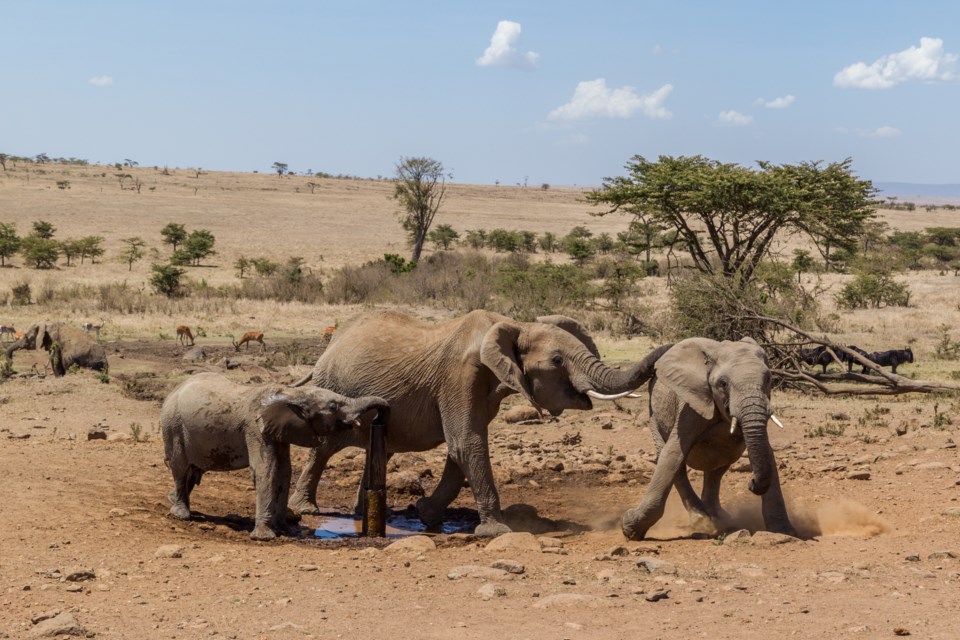In the face of climate change, llamas, bats and elephants will likely outlive mice, possums and rare marsupials.
Why? These animals tend to live longer lives on average and have fewer offspring. This is according to a new study in the journal eLife that analyzes which animals are more likely to be able to withstand the effects of climate change.
The study’s authors used population fluctuation data from 157 of the world’s mammal species collected over a period of 10 or more years, and compared it with weather and climate data collected from the same time period.
Using this data, they revealed common themes in animals’ reactions to extreme weather.
Large, long-lived animals can survive, reproduce and raise their offspring in severe conditions such as prolonged drought, much more sustainably than small, short-lived animals can.
The ability to invest their energy into one offspring or sit tight until better conditions arrive, gives larger, long-lived animals the edge, the study states.
Meanwhile, the small, short-lived rodents may experience extreme population changes in these same severe conditions because food sources such as insects or plants may die off more rapidly — leaving them to starve in lieu of excess fat reserves.
However, when extreme weather ceases, the opposite effect can occur for these small mammals as they’re able to produce much more efficiently than larger mammals. This can lead to a population boom, following a severe drop.
While these drastic population fluctuations could lead to assumptions that these small mammals are on the brink of extinction, co-author John Jackson says this is simply not the case.
“These small mammals react quickly to extreme weather, and it goes both ways,” he said. “Their vulnerability to extreme weather should therefore not be equated with a risk of extinction,” Jackson said in a press release.
Climate change should also not be the only factor considered when assessing a species’ vulnerability to extinction, Jackson notes.
“Habitat destruction, poaching, pollution and invasive species are factors that threaten many animal species — in many cases even more than climate change,” he said.
Despite having to limit the study to a set of 157 species, the author’s findings can be applied to an even broader collection of animals.
“Our analysis helps predict how different animal species might respond to future climate change based on their general characteristics — even if we have limited data on their populations,” co-author Owen Jones said in a statement.
Animals less affected by extreme weather
- African elephant
- Siberian tiger
- Chimpanzee
- Greater horseshoe bat
- Llama
- Vicuña
- White rhinoceros
- Grizzly bear
- American bison
- Klipspringer
- Schreibers’s bat
Animals more affected by extreme weather
- Azara’s grass mouse
- Olive grass mouse
- Elegant fat-tailed mouse opossum
- Canadian lemming
- Tundra vole
- Arctic fox
- Stoat
- Common shrew
- Woylie
- Arctic ground squirrel




